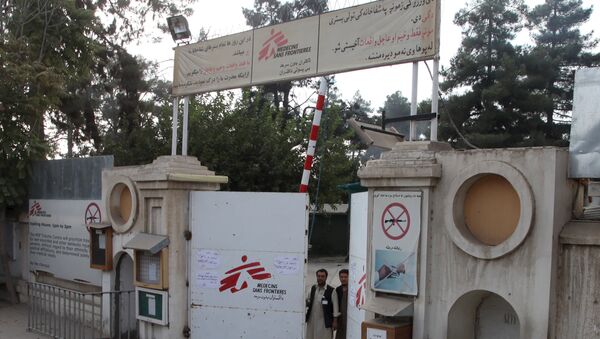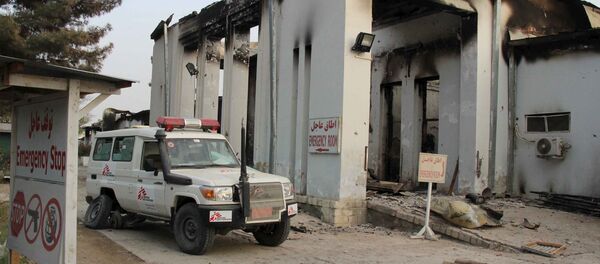Being unable to locate the hospitals leaves them at risk of a deadly attack similar to the one that the US was responsible for on the Doctors Without Borders hospital in Kunduz.
Federal watchdogs with the Special Inspector General for Afghanistan Reconstruction at 23 of the 63 of the hospitals in the province of Herat, but only 12 were located within a kilometer of where USAID sent them.
Seven of the hospitals were more than five kilometers away from where they were sent.
Out of the remaining 40 sites, the watchdogs could only even confirm the existence of 19 of them.
“For the remaining 21 facilities, USAID provided old or unclear photographs which did not demonstrate the physical location or existence of the purported facility,” the report stated.
The reported pointed out that not only is this incorrect data troublesome for oversight purposes, but given the bombing in Kunduz it could prove to be catastrophically dangerous.
“The recent destruction dramatizes the importance of having accurate GPS coordinates for healthcare facilities,” the report asserts.
Following the report being made public, USAID issued a statement to Yahoo News claiming that they have found the remaining hospitals. The statement read:
"GPS coordinates are important and one of the tools we use — along with site visits, inventory inspections, and community feedback — to monitor our projects in Afghanistan. As we and the rest of the donor community work to improve the accuracy of the coordinates, we have mobilized local Afghan staff and independent monitors familiar with the areas to visit, observe and evaluate the clinics. Using similar methods, SIGAR was able to locate and confirm the operation of the 23 clinics they inspected in Herat."




